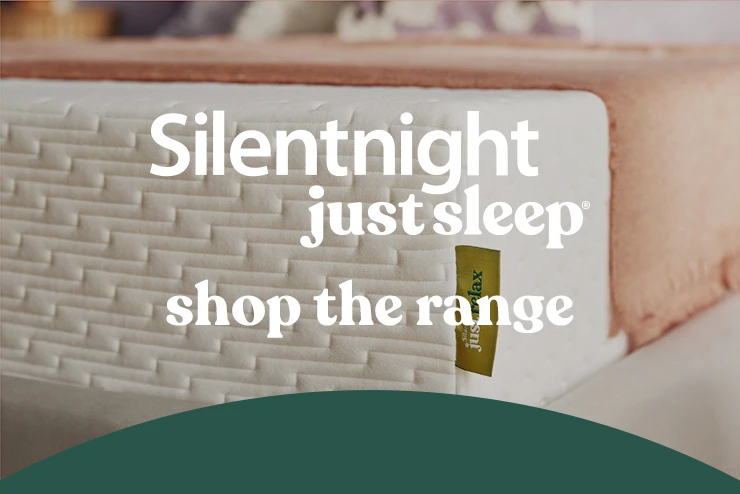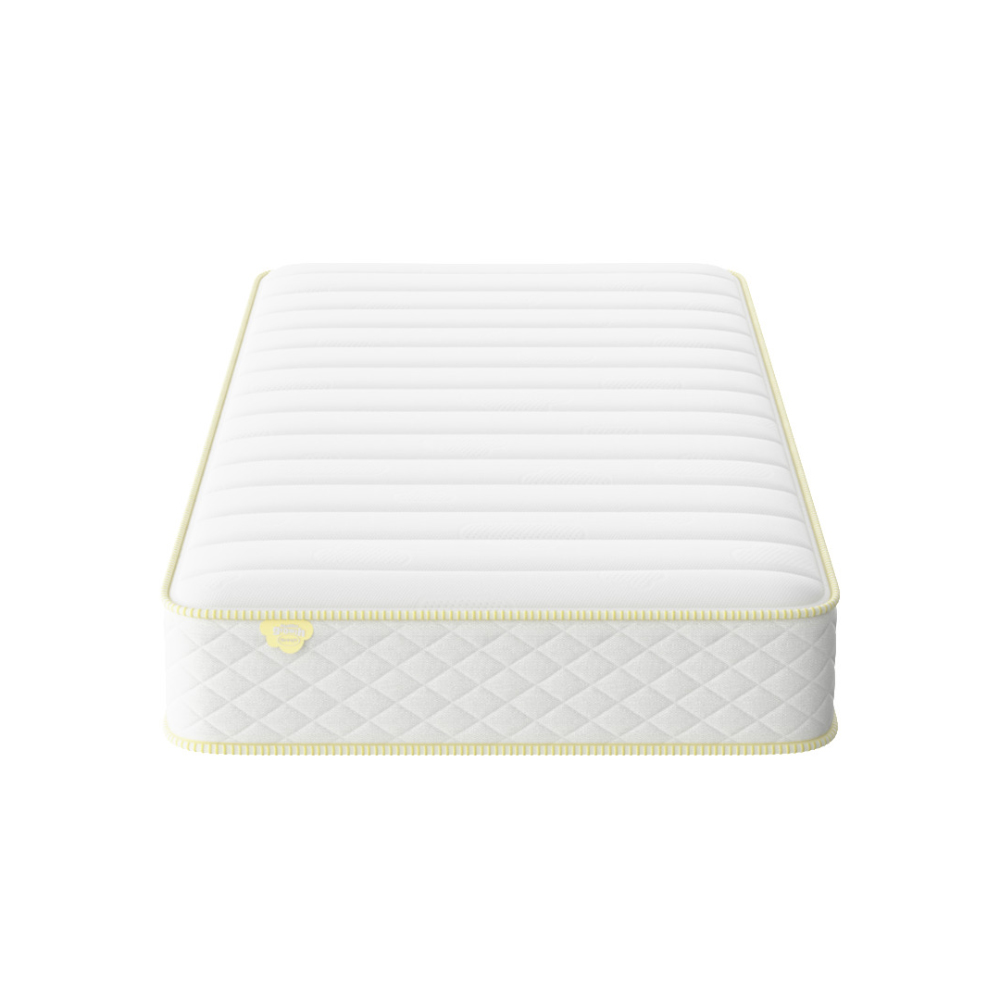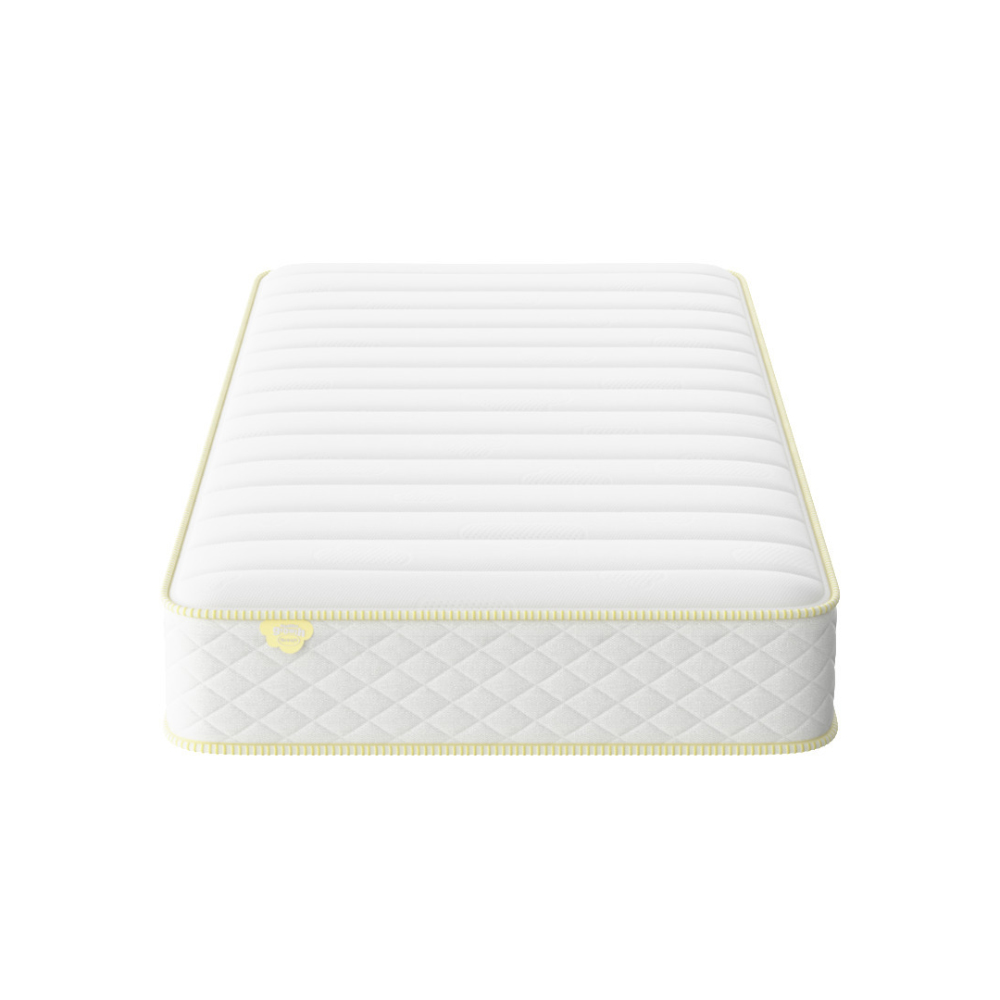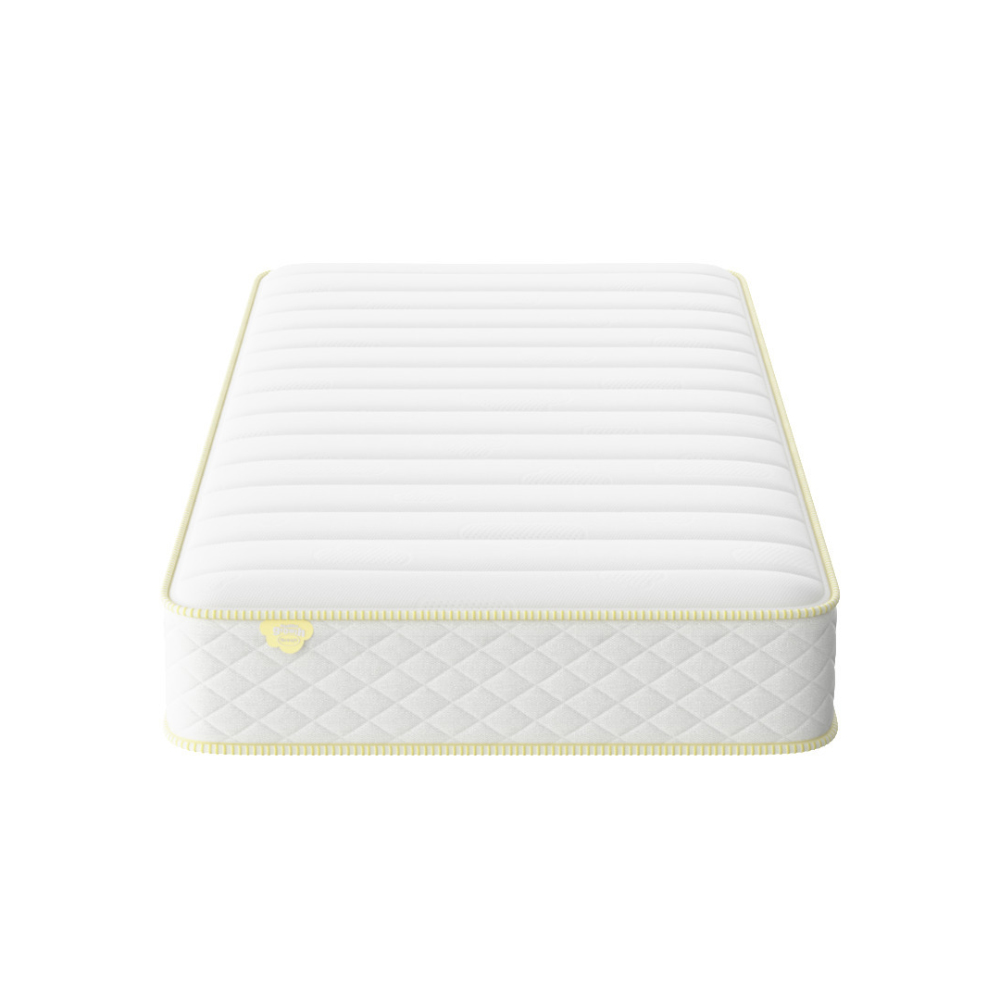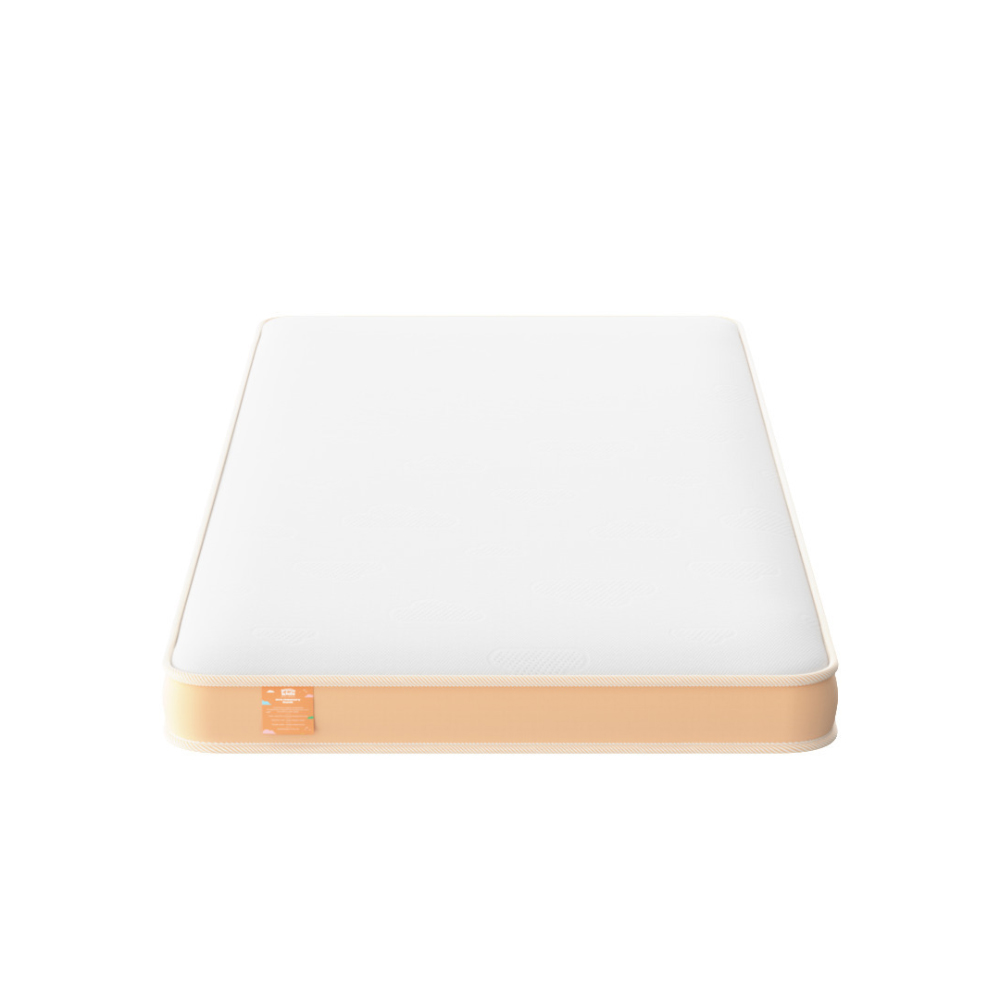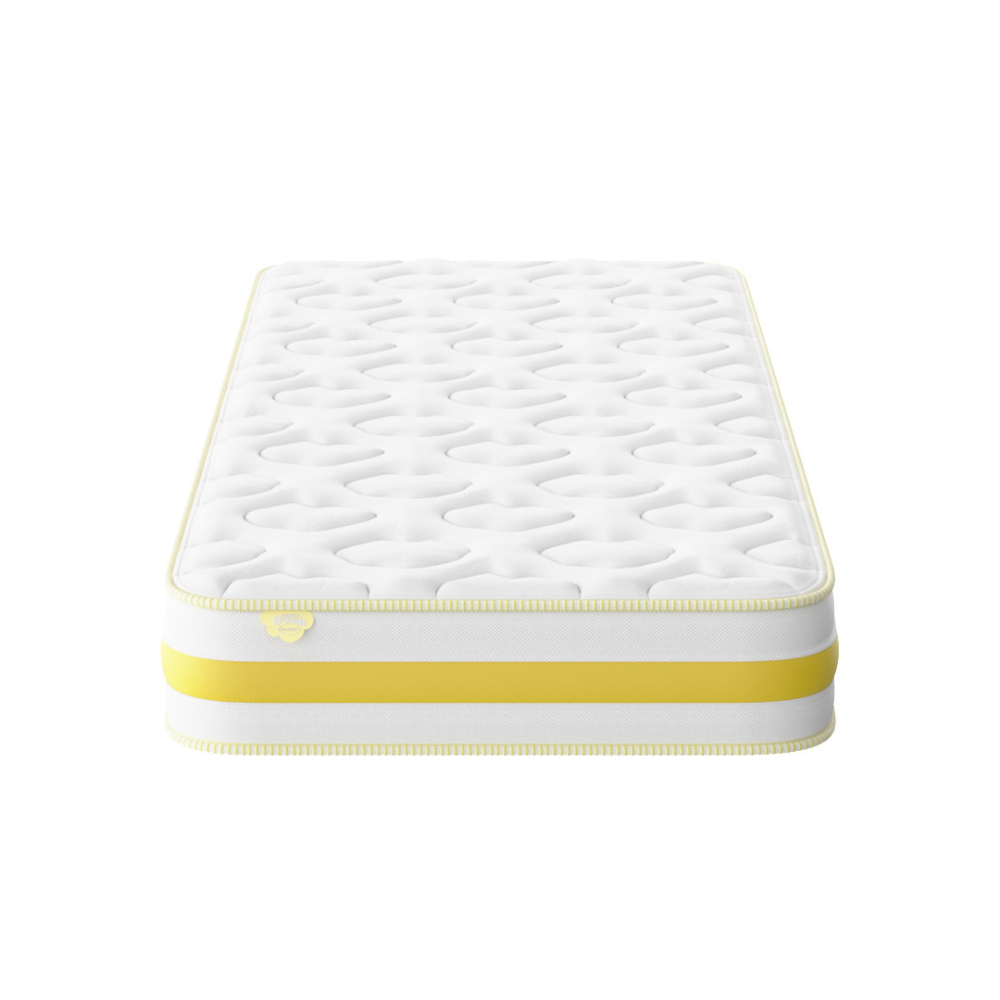how to make your child's bedroom a sleep-friendly place
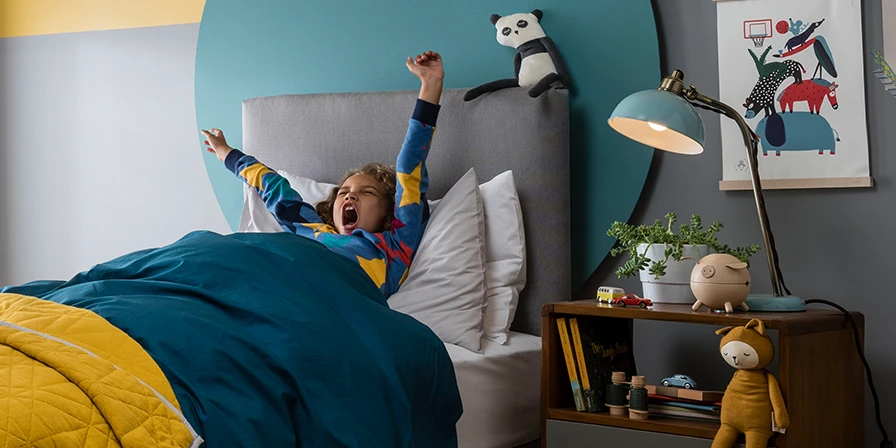
It’s important to make your child’s bedroom a sleep-friendly place as a calm and quiet sleep environment is perfect for ensuring children get enough sleep each night. This is vital for avoiding negative health issues which could impact their growth and development as well as their mental health.
Children should get 9-12 hours sleep each night to make sure they’re energised for the next day, while aiding their growth, brain activity and mood regulation.
Some bedroom ideas for kids to create a sleep-friendly space include painting the room cool colours, limiting blue light and disruptions, and keeping it clean and tidy.
The right bed and bedding are important for ensuring that children have a good night’s sleep. They should be comfortable, breathable and purchased from an NBF-approved retailer.
how to make your child's bedroom a sleep-friendly place
What’s most important to you when it comes to your child’s bedroom? That it’s a fun, colourful space for them to play and learn, or that it’s a place designed to give them a good night’s rest? Ideally, it should be both, but we know that’s not always as easy as it sounds. That’s why for Child’s Safety Week 2025; we’re looking at how you can turn your kid’s bedroom into a safe and sleep-friendly environment.
when & what is child safety week?
Child Safety Week 2025 is taking place between the 2nd and 8th of June and is an opportunity for parents and children to learn and get involved in practising child safety. The goal of Child Safety Week is to ensure that all children can grow and learn in a safe environment, and a big part of that is making sure that they have a space where they can sleep comfortably.
Children need between 9 and 12 hours sleep each night depending on how old they are, so it’s vital that they go to bed at night in a setting that allows them to drift off easily without interruptions. A quality night’s sleep also improves brain function, positively impacting your child’s attention span and memory. Not to mention, kids do the majority of their growing overnight, meaning a sleep-friendly environment is vital for promoting healthy growth and development.
so, how do you a design a child’s bedroom for better sleep?
We know that every child’s sleeping habits are different and there’s no simple guide to designing a bedroom to improve their sleep; however, there are certain factors worth considering to ensure your child sleeps through every night. And remember, when the rest of your family is sleeping comfortably, you’ll sleep better yourself knowing that your little one is all tucked up.
So, join us as we offer some simple tips for helping you to create a space that’s sleep-friendly for your child, giving both of you a relaxing bedtime routine. Because we all know a well-rested child leads to a happier child and parent.
colours
It can be easy to let your kids lead the way when decorating their bedroom but considering the dominant colours on the walls is an important step in creating a relaxing sleep space. Opting for cool colours rather than high-contrast palettes and busy patterns will help make your child feel relaxed instead of energised at the end of the day.
temperature
It’s not only the colour of the walls in your kid’s bedroom which should be cool, but the temperature of a child’s bedroom is also an important factor to consider when creating a sleep-friendly atmosphere. The temperature of a child’s bedroom should ideally be kept at around 18-21°C to ensure they are kept comfortable while avoiding the risk of overheating or discomfort.
mess
Most adults wouldn’t want to sleep in a room full of mess and clutter, so we shouldn’t expect our kids to either. Kids naturally have a lot of smaller items cluttering up their room, so don’t feel the pressure to go into full Mrs Hinch mode every night to make sure your child gets to sleep. Instead, simply make an effort to limit the mess throughout the day to make it more manageable.
A room covered in toys, games and other activities is always going to be distracting for children when they should be trying to sleep, blurring the lines between their play area and sleep environment. Not to mention, when the lights are out, this mess could potentially lead to an accident - we’re sure every parent has had the displeasure of stepping on a child’s toy in the dark.
darkness
Darkness at bedtime plays a huge role in how quickly a child drops off to sleep and remains asleep. Particularly in summer when the days are lighter and longer, having darkness in their room will encourage your child to sleep at the right time, and stay in bed for longer in the mornings, undisturbed by the 5am sunrise.
For older children, limiting exposure to light in a healthy sleep environment should also include the use of blue light from their electronic devices. Screen time just before bed can have a negative effect on a child’s ability to sleep properly, leading to restlessness when they should be winding down, potentially resulting in fragmented sleep when they eventually do manage to drift off. By limiting access to devices at least 1 hour before bedtime as part of a consistent sleep routine, your child will feel calmer and less stimulated, leading to a better night’s sleep.
Blackout blinds or curtains will also help to create a dark space which is important for a longer and more restful sleep. However, for kids that don’t like complete darkness, there are plenty of sleep-friendly lighting options for a child’s room. These include a trusty night light to help kids relax, or fairy lights are also a great, safe option for creating a calming ambience.
shop kids mattresses
their bed
The last (but perhaps the most important) factor to consider is the place your child will sleep. A comfortable, supportive mattress and breathable, soft-to-touch bedding are vital for relaxing your child so they can catch some z’s.
This is why it’s important to select a bed from a National Bed Federation-approved retailer, guaranteeing that your child’s bed is fire safe and made from high quality and hygienic materials. At Silentnight, all our babies and kids mattresses and beds are NBF-approved as part of our commitment to making sure your whole family sleeps safe every night.
Not only is it important to pick the right bed, selecting the right bedding is a vital finishing touch. The best bedding for kids’ sleep should provide a tranquil cosiness, creating a calming atmosphere whilst filling their room with colour and personality. Their bedding should be made from a gentle, breathable material such as cotton or microfibre, prioritising your child’s comfort. We have a full range of kids and babies bedding available at Silentnight, designed to match any child’s room.
We know it’s not always easy to make sure your kids get a good night’s sleep, so if that’s not the case every night, don’t be hard on yourself or your child. Try implementing some of these steps and you'll soon reap the rewards. Make your child’s room a fun, relaxing space that they feel comfortable and calm in and the rest should fall into place.
Check out our tips for parents’ blog space to continue reading our expert advice on making sure your child, and yourself, have a great night’s sleep, every night.





